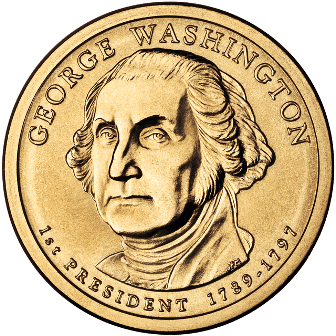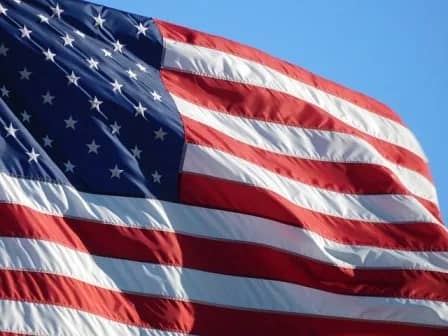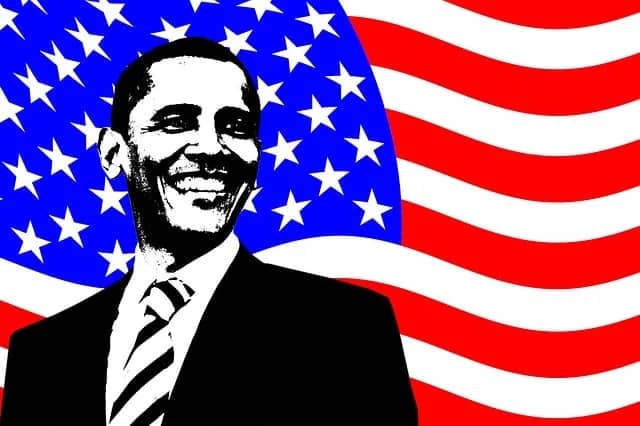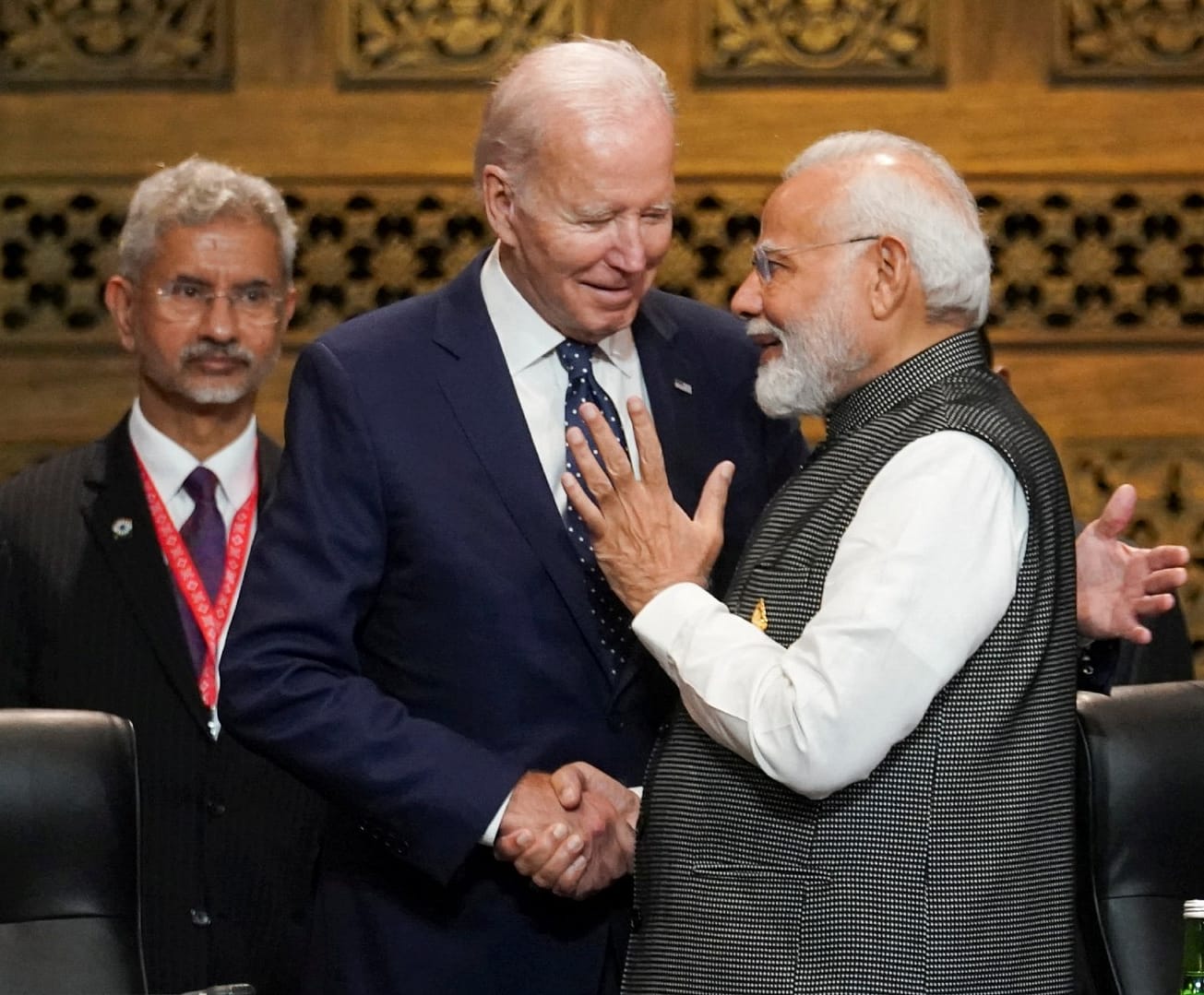July 4th is a significant holiday in the United States known as Independence Day. It commemorates the adoption of the Declaration of Independence on July 4, 1776, when the thirteen American colonies declared their independence from British rule and established themselves as a new nation, the United States of America. It is considered a national holiday in the United States, and many Americans take the day off from work to celebrate and enjoy the festivities.
How America got Independence?
Title: The Road to Independence: America’s Journey to Freedom
Introduction:
The American Revolution, spanning from 1775 to 1783, stands as a defining moment in history when the thirteen American colonies broke free from British rule and embarked on a path toward independence. This article explores the events, ideas, and key figures that shaped the quest for American independence, ultimately leading to the birth of a new nation—the United States of America.
1. Prelude to Revolution:
The American colonies had long sought greater autonomy, facing challenges such as increased taxation, the imposition of British laws, and limitations on trade. The Stamp Act of 1765, the Townshend Acts, and the Boston Tea Party were pivotal events that fueled the colonists’ frustrations, sparking widespread discontent and resistance.
2. The Declaration of Independence:
On July 4, 1776, the Second Continental Congress adopted the Declaration of Independence, drafted by Thomas Jefferson, which boldly declared the colonies’ intention to sever ties with Great Britain. The document enumerated the colonists’ grievances and asserted their natural rights to life, liberty, and the pursuit of happiness. This groundbreaking statement laid the groundwork for the American Revolution and became a symbol of freedom and democracy.
3. The Revolutionary War:
The American Revolution was not won on paper alone; it required years of armed conflict and sacrifice. Battles such as Lexington and Concord, Bunker Hill, Saratoga, and Yorktown showcased the determination and resilience of the American forces, who faced the formidable British military. The support of foreign allies, particularly France, played a crucial role in tipping the scales in favor of the revolutionaries.
4. Visionaries and Founding Fathers:
The quest for independence was propelled by the visionary ideas and leadership of remarkable individuals. Figures like George Washington, John Adams, Benjamin Franklin, Thomas Jefferson, and James Madison were instrumental in shaping the ideology and governance of the new nation. Through their eloquence, intellect, and unwavering commitment to liberty, they inspired and galvanized the American people.
5. Impact and Legacy:
The American Revolution transformed not only the political landscape but also the world’s perception of democracy and human rights. The triumph of the American colonies against a powerful empire sent ripples across the globe, inspiring other nations to pursue independence and self-governance. The ideals enshrined in the Declaration of Independence continue to resonate and influence movements for freedom and equality worldwide.
6. Lessons Learned:
The road to independence was fraught with challenges and lessons. The American Revolution taught the importance of unity, perseverance, and a shared vision for a better future. It highlighted the significance of individual liberties, democratic governance, and checks and balances. The legacy of the revolution underscores the ongoing struggle to uphold these principles and ensure a just society for all.
Conclusion:
The journey to American independence was a remarkable chapter in human history, characterized by the bravery, intellect, and fortitude of the colonists. From the sparks of discontent to the signing of the Declaration of Independence, and the hard-fought battles of the Revolutionary War, the birth of the United States of America heralded a new era of freedom and self-determination. The lessons learned and the enduring principles laid down during this period continue to shape the nation and inspire movements for liberty around the world.
Who all fought for America’s Independence?
The fight for America’s independence involved various individuals from different backgrounds who played critical roles in shaping the revolution. Here are some of the key figures who fought for America’s independence:
1. George Washington: As the commander-in-chief of the Continental Army, George Washington led the colonial forces throughout the Revolutionary War. His strategic brilliance, perseverance, and leadership were instrumental in securing the ultimate victory.
2. Thomas Jefferson: Jefferson is renowned for his authorship of the Declaration of Independence, which articulated the colonies’ grievances and principles of self-governance. He later served as the third President of the United States and contributed significantly to the nation’s development.
3. Benjamin Franklin: Franklin was a polymath and statesman who played a crucial role in securing French support for the American cause. His diplomatic efforts helped forge an alliance with France, which proved pivotal to the American victory.
4. John Adams: A prominent lawyer and political philosopher, John Adams played a vital role in advocating for independence. He served as a diplomat, co-authored the Declaration of Independence, and later became the second President of the United States.
5. Marquis de Lafayette: Lafayette, a French aristocrat, volunteered to fight for the American cause. He became a trusted aide to General Washington and played a crucial role in securing French military support.
6. Alexander Hamilton: Hamilton was an influential figure during the Revolution and later served as one of the Founding Fathers and the first Secretary of the Treasury. He played a key role in shaping the country’s financial system.
7. Paul Revere: Revere was a silversmith and patriot who famously rode to alert colonial militia members about the approaching British troops before the battles of Lexington and Concord, marking the beginning of the Revolutionary War.
8. Patrick Henry: Known for his fiery speeches, Patrick Henry was an influential orator who passionately advocated for independence. His famous line, “Give me liberty, or give me death,” has become synonymous with the American spirit.
These individuals represent just a fraction of the many brave soldiers, political leaders, activists, and ordinary citizens who fought for America’s independence. Their collective efforts and sacrifices paved the way for the birth of a new nation built on the principles of liberty, democracy, and self-determination.
Who drafted America’s Constitution?
The drafting of America’s Constitution involved a group of delegates known as the Founding Fathers who convened at the Constitutional Convention in Philadelphia in 1787. While many individuals participated in the Convention, some notable figures played significant roles in drafting and shaping the Constitution. Here are the key individuals involved:
1. James Madison: Often referred to as the “Father of the Constitution,” James Madison is considered the primary architect of the Constitution. He played a pivotal role in drafting the document and was influential in shaping its structure, principles, and provisions. Madison’s contributions, particularly through his extensive notes on the Convention proceedings, provided crucial insights into the Constitution’s development.
2. Alexander Hamilton: Though Hamilton represented New York at the Convention, his views on government and his advocacy for a strong central authority greatly influenced the drafting process. He actively participated in the debates and discussions, contributing to the shaping of the Constitution. Hamilton later played a significant role in promoting its ratification through The Federalist Papers.
3. Benjamin Franklin: As the elder statesman of the Convention, Benjamin Franklin brought wisdom, experience, and compromise to the drafting process. Although he was in declining health, his presence and influential speeches helped bridge gaps between differing viewpoints and fostered a spirit of unity among the delegates.

4. George Washington: While George Washington presided over the Constitutional Convention, his influence extended beyond his role as the convention’s chair. His presence lent credibility and respect to the proceedings, and his insights on matters of governance and executive power were highly valued.
5. Gouverneur Morris: Gouverneur Morris was responsible for much of the actual writing of the Constitution. Serving as the primary draftsman, he played a crucial role in refining the language, style, and structure of the document, making it more concise and coherent.
6. Roger Sherman: Sherman, a delegate from Connecticut, was instrumental in reaching compromises on contentious issues, such as the Great Compromise, which resolved conflicts between larger and smaller states regarding representation in Congress. His contributions helped ensure the successful drafting of the Constitution.
While these individuals played significant roles in drafting the Constitution, it’s important to recognize that the final document was a collective effort, shaped through compromise and collaboration among the delegates. The Constitution stands as a testament to their foresight, intellect, and commitment to establishing a framework for a strong and enduring government.
Who designed the America’s Flag?
The American flag, often referred to as the “Stars and Stripes,” is an iconic symbol of the United States of America. The design of the flag is credited to a combination of individuals, with the primary designer being Betsy Ross, a seamstress from Philadelphia. While the exact details of its creation have been subject to debate and folklore, Betsy Ross is widely recognized for her involvement in sewing the first American flag.
The American flag consists of thirteen horizontal stripes alternating in red and white. These stripes represent the original thirteen colonies that declared independence from Britain. In the top left corner, commonly known as the canton, is a blue rectangle containing fifty white stars, arranged in a pattern of five rows and alternating five-pointed stars in each row. These stars symbolizes total fifty states of the United States.
The design of the flag has evolved over time to reflect the addition of new states to the Union. The current design, known as the “Modern Flag,” was adopted on July 4, 1960, following the admission of Hawaii as the fiftieth state, and it remained unchanged from that time till now.
The colors of the American flag also hold symbolic significance. Red displays bravery and valor, white represents purity and innocence, whereas blue is a symbol of justice, vigilance, and perseverance.
The American flag is revered as a symbol of national unity, freedom, and patriotism. It is proudly displayed on government buildings, schools, private homes, and during various national holidays and events. The flag is often saluted, raised and lowered with respect, and is a focal point of ceremonies and celebrations.
The flag has inspired countless Americans and serves as a reminder of the nation’s shared values, principles, and the sacrifices made by those who fought for independence and defended American ideals. It is a powerful representation of the diversity, strength, and unity of the United States of America.
Who was the first president of America?
The first president of the United States of America was George Washington. From 1789 to 1797 he remained the president of the America. Washington was a revered military leader during the American Revolutionary War and played a crucial role in leading the colonies to victory against British forces. Following the ratification of the United States Constitution in 1788, Washington was elected as the nation’s first president and was inaugurated on April 30, 1789, in New York City. His presidency set important precedents and established the foundations of the executive branch, shaping the role and responsibilities of the president. Washington’s leadership and commitment to democracy laid the groundwork for the development of the presidency and the growth of the United States as a nation.
Names of the President of America since Independence
1. George Washington (1789-1797)
2. John Adams (1797-1801)
3. Thomas Jefferson (1801-1809)
4. James Madison (1809-1817)
5. James Monroe (1817-1825)
6. John Quincy Adams (1825-1829)
7. Andrew Jackson (1829-1837)
8. Martin Van Buren (1837-1841)
9. William Henry Harrison (1841)
10. John Tyler (1841-1845)
11. James K. Polk (1845-1849)
12. Zachary Taylor (1849-1850)
13. Millard Fillmore (1850-1853)
14. Franklin Pierce (1853-1857)
15. James Buchanan (1857-1861)
16. Abraham Lincoln (1861-1865)
17. Andrew Johnson (1865-1869)
18. Ulysses S. Grant (1869-1877)
19. Rutherford B. Hayes (1877-1881)
20. James A. Garfield (1881)
21. Chester A. Arthur (1881-1885)
22. Grover Cleveland (1885-1889)
23. Benjamin Harrison (1889-1893)
24. Grover Cleveland (1893-1897)
25. William McKinley (1897-1901)
26. Theodore Roosevelt (1901-1909)
27. William Howard Taft (1909-1913)
28. Woodrow Wilson (1913-1921)
29. Warren G. Harding (1921-1923)
30. Calvin Coolidge (1923-1929)
31. Herbert Hoover (1929-1933)
32. Franklin D. Roosevelt (1933-1945)
33. Harry S. Truman (1945-1953)
34. Dwight D. Eisenhower (1953-1961)
35. John F. Kennedy (1961-1963)
36. Lyndon B. Johnson (1963-1969)
37. Richard Nixon (1969-1974)
38. Gerald Ford (1974-1977)
39. Jimmy Carter (1977-1981)
40. Ronald Reagan (1981-1989)
41. George H.W. Bush (1989-1993)
42. Bill Clinton (1993-2001)
43. George W. Bush (2001-2009)
44. Barack Obama (2009-2017)
45. Donald Trump (2017-2021)
46. Joe Biden (2021-present)



